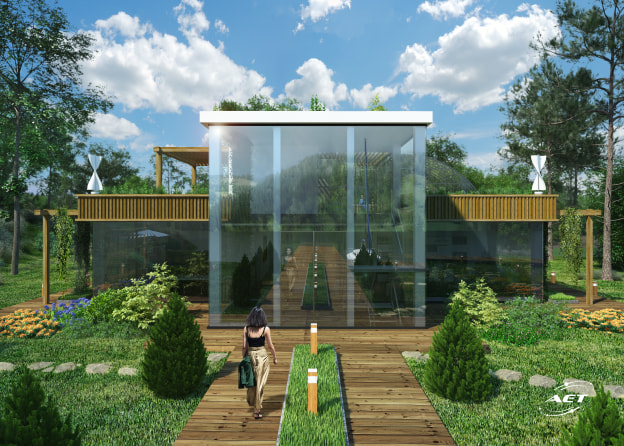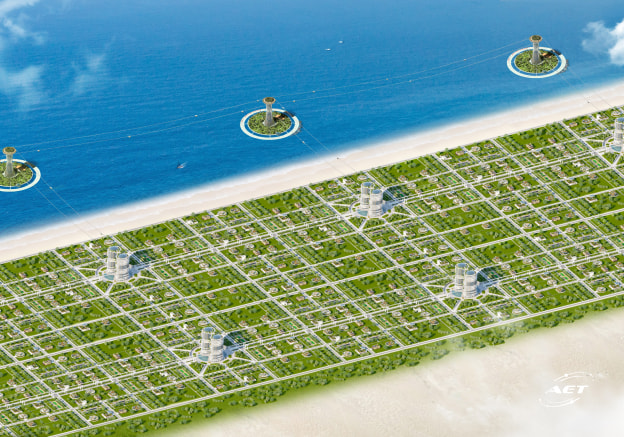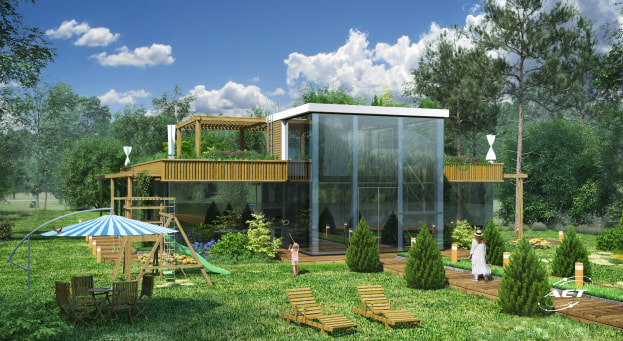Environmental characteristics
| Criteria |
Moon |
Mars |
Asteroids |
| Short description |
Moon
The moon is the cosmic body closest to Earth.
The only natural satellite of the Earth.
The object in the solar system that is second in brightness only to Sun.
The only space object humans have set foot on.
|
Mars
Mars is the fourth planet from the Sun and the last of the terrestrial planets.
|
Asteroids
There are 3 known groups of asteroids – Apollo, Aten and Atira asteroids, which are closer to Earth than to Mars in most of their orbit.
Apollo asteroids:
their orbits cross the Earth’s orbit from the outside (they mostly move between the orbits of the Earth and Mars). More than 5000 asteroids of this type are known.
Aton asteroids:
their orbits cross the Earth’s orbit from the inside (they mostly move between the orbits of the Earth and Venus). More than 800 of this type are known.
Atira asteroids:
their orbits are completely inside the orbit of the Earth (they move between the orbits of the Earth and Venus all the time). About 20 asteroids of such type are known.
|
| Gravity |
Moon
1,62 m/s²
17 % of the Earth’s gravity.
|
Mars
3,711 m/s²
38 % of the Earth’s gravity.
|
Asteroids
Less than 1 % of the Earth’s gravity.
Unlike planets, asteroids do not form a “gravity well”.
|
| Atmosphere |
Moon
Almost no atmosphere: most of the gases (such as nitrogen, helium, argon, neon, ammonia, methane, carbon dioxide) rising from its surface dissipate in space.
|
Mars
95.3 % carbon dioxide, 2.7 % molecular nitrogen, 1.6 % argon, residual traces of oxygen.
The atmospheric pressure is 0.7 % of the pressure at the Earth’s surface.
|
Asteroids
There’s no or almost no atmosphere on large asteroids.
|
| Radiation level |
Moon
1369 µSv/day
|
Mars
210 µSv/day
|
Asteroids
1800–2000 µSv/day
|
| Climatic conditions |
Moon
The very concept of weather on the moon does not exist.
There is no wind or rain.
There are no seasons.
|
Mars
4 seasons.
Winter high winds cause global dust storms that can sweep the entire planet. Duration is up to several months.
Snow and ice are carbon dioxide, better known as dry ice.
Ice does not disappear even in summer.
|
Asteroids
No climatic conditions.
|
| Temperature |
Moon
The average surface temperature is –53 °С.
Day temperature is up to +128 °С. Night temperature is up to –173 °С.
The lunar rocks temperature at a depth of 1 m is constant at –35 °С.
|
Mars
The average surface temperature is –63 °С.
Rapid temperature change is typical.
In the so-called oases of the Lake Phoenix’s regions (the plateau of the Sun) and the land of Noah, the temperature difference is from –53 °C to + 22 °C in summer and from –103 °C to –43 °C in winter.
The equator temperature differs from + 30 °C at noon to –80 °C at midnight.
Temperatures drops to –143 °С near the poles.
However, at a depth of 25 cm, the temperature changes little during the day and even the year.
|
Asteroids
Apollo asteroids:
the average surface temperature temperature is –88 °С (from –73 to –103 °С).
Aton asteroids:
the average surface temperature is –2 °C
Atira asteroids:
the average surface temperature is –50 °С.
|
| Availability of water |
Moon
Water ice.
|
Mars
Water ice.
|
Asteroids
Hydrated minerals, water ice, ammonia.
|
| Minerals |
Moon
The greatest value is helium-3, which is rare on Earth. The element can be used as ecofuel for power plants. Hypothetically, thermonuclear fusion (1 ton of helium-3 and 0.67 ton of deuterium) releases energy equivalent to the combustion of 15 million tons of oil.
|
Mars
Martian soil contains 50 % of small crystals of volcanic rocks (mainly feldspar, olivine, pyroxene). These rocks are widespread on Earth around volcanoes and mountain ranges.
Soil contains 50 % of amorphous matter, which structure and chemical composition have not been studied yet.
|
Asteroids
Among the total number of asteroids in the solar system, about 75 % of the “water” ones store large reserves of water.
Rock-metal asteroids contain iron, nickel, cobalt, gold, platinum, rhodium, rare earth metals, silicates, ammonia, etc.
|











